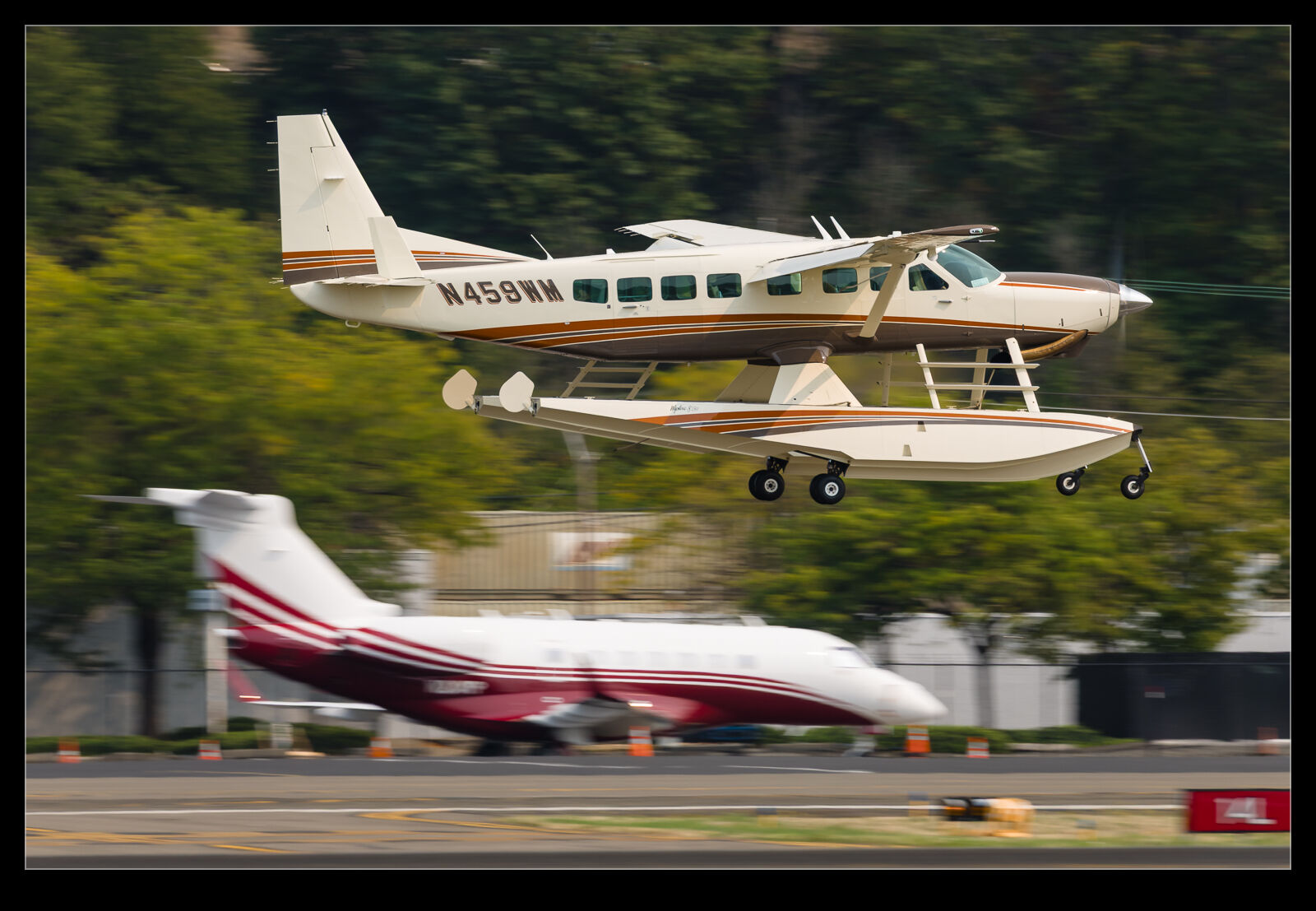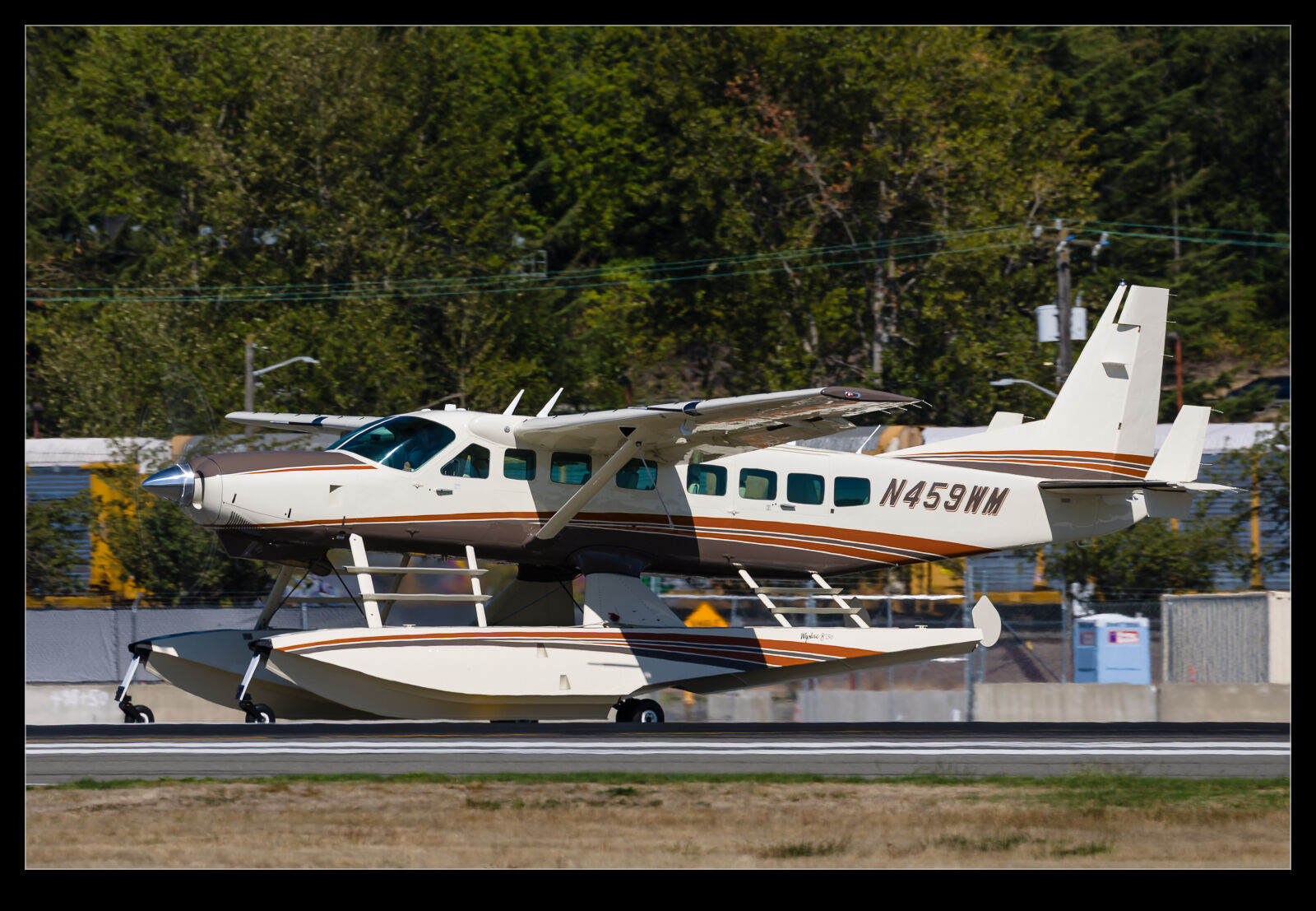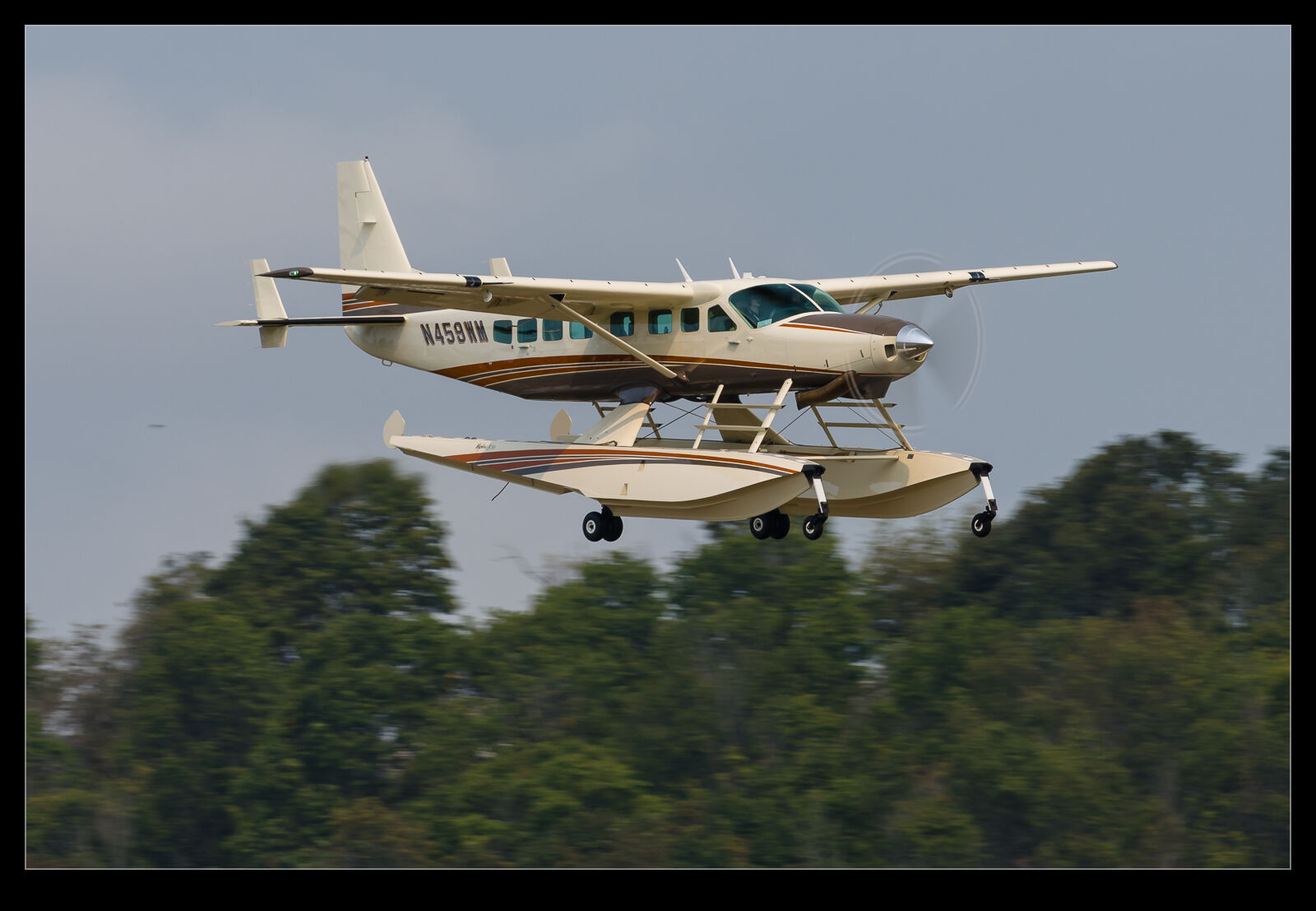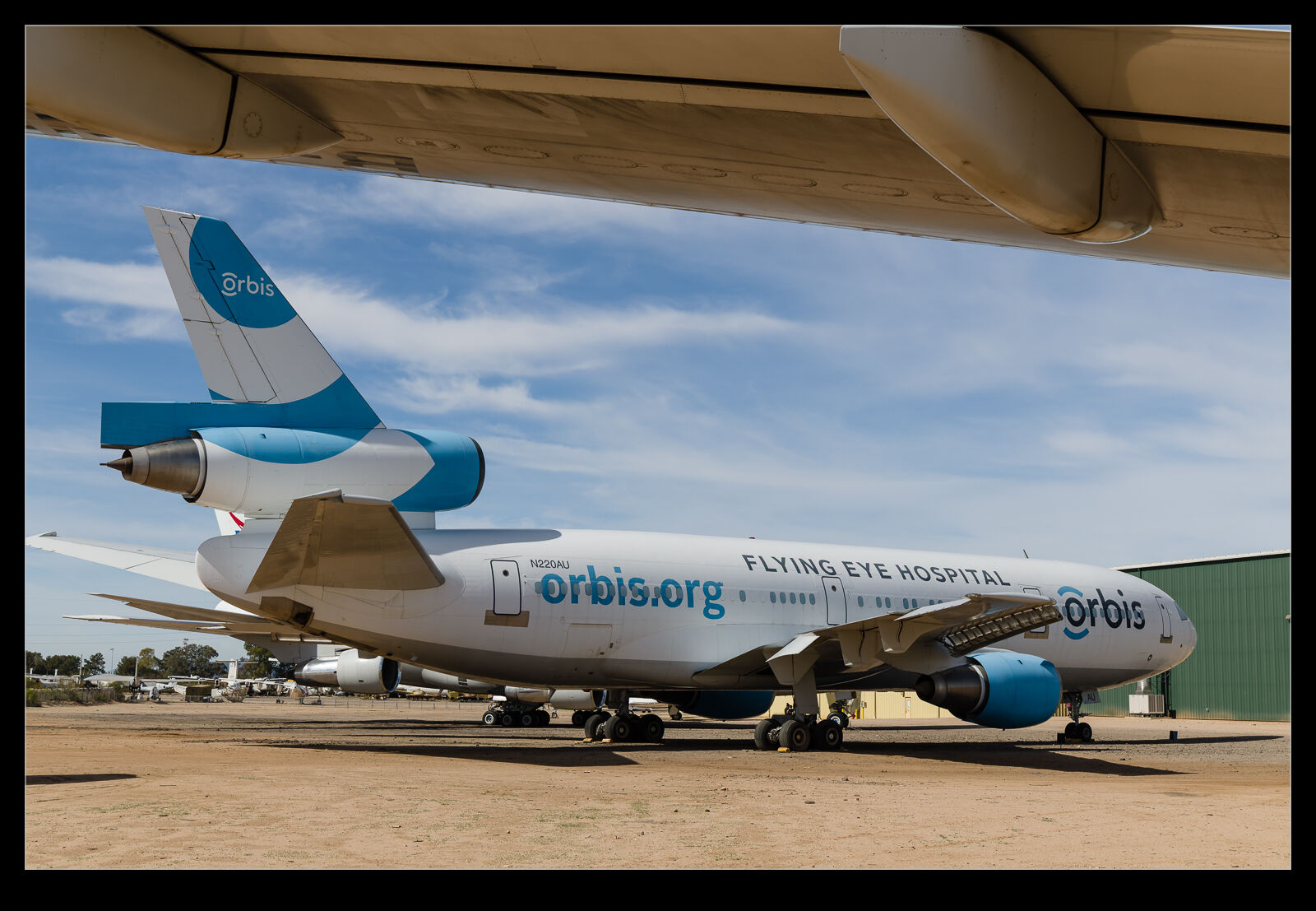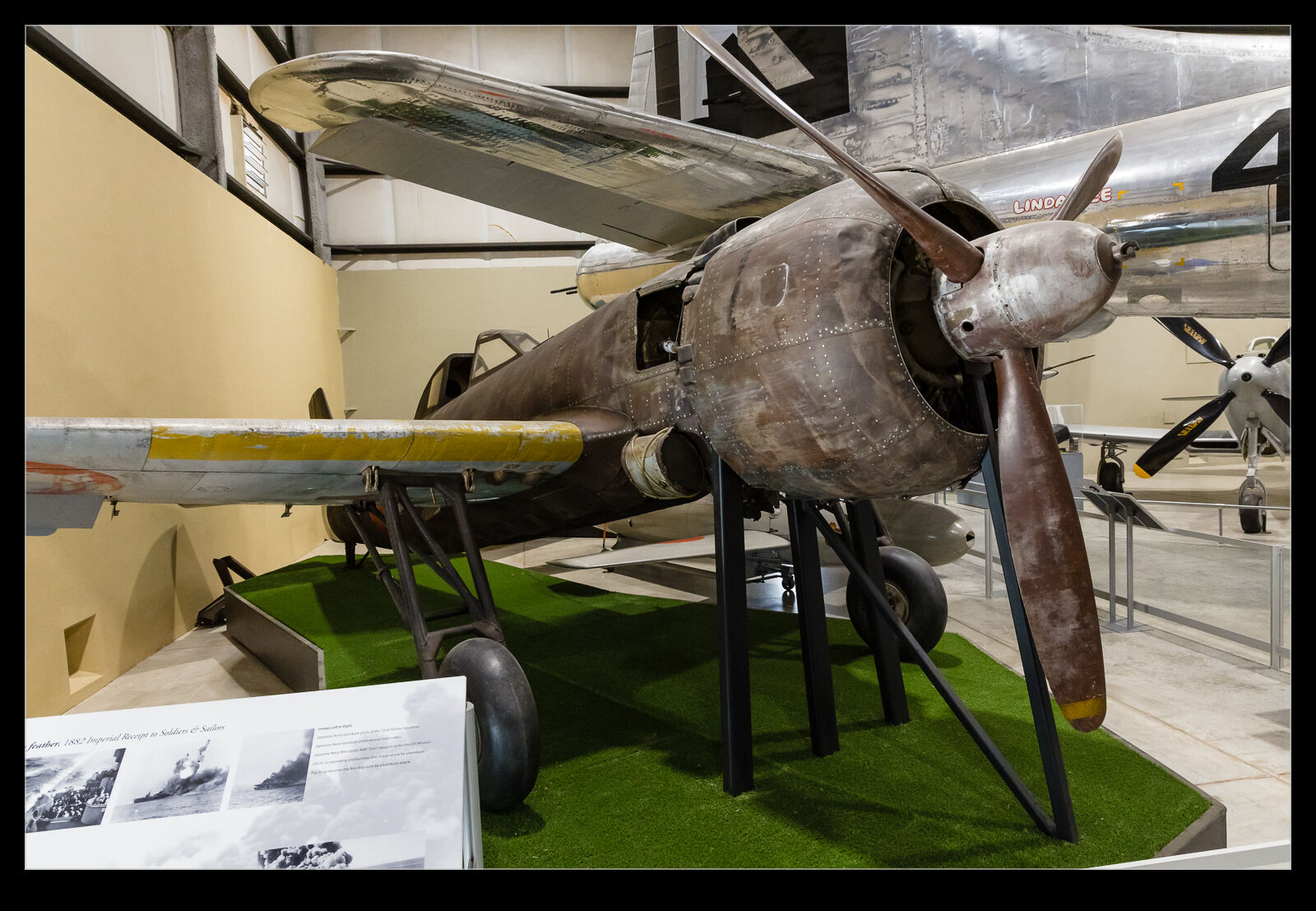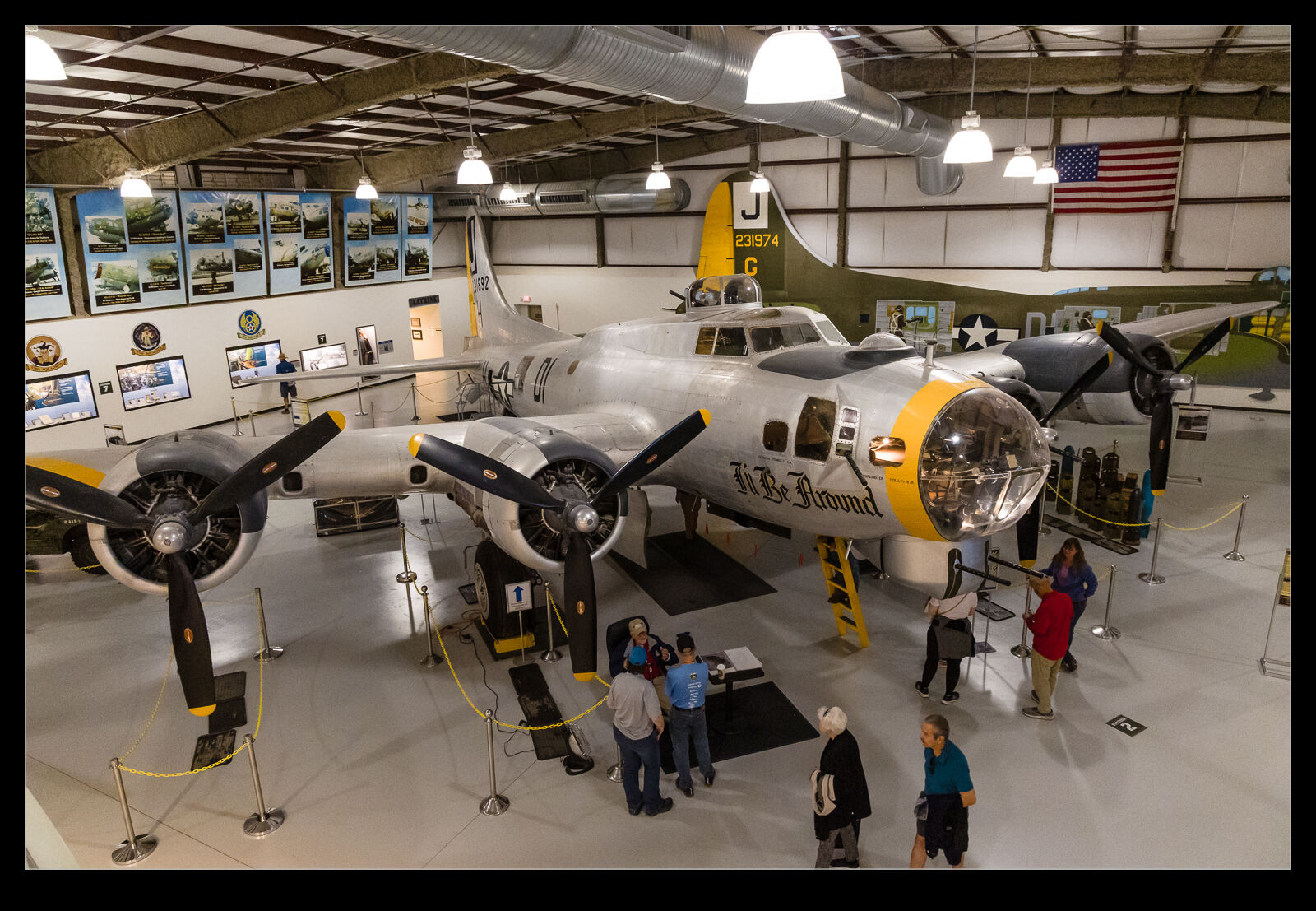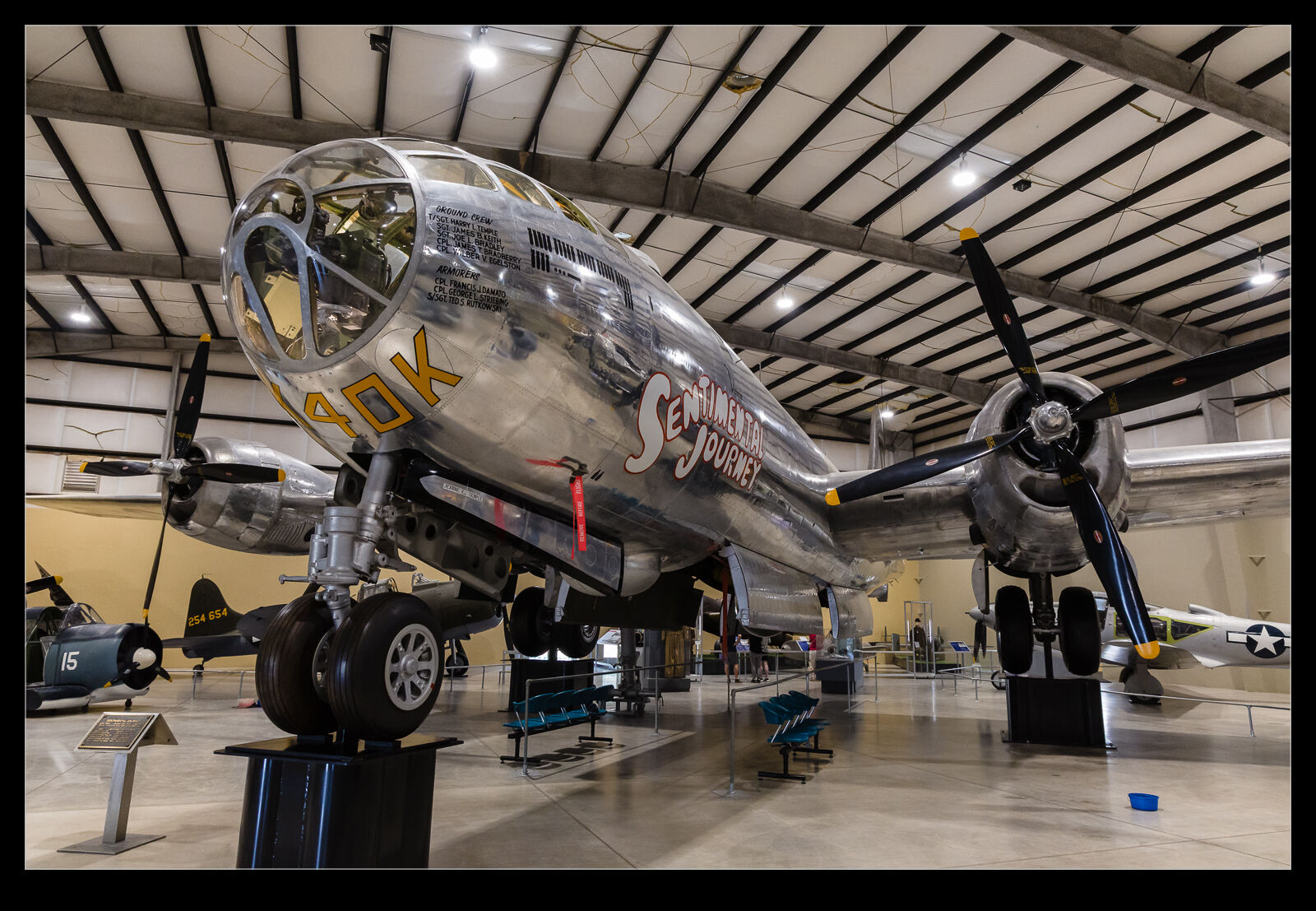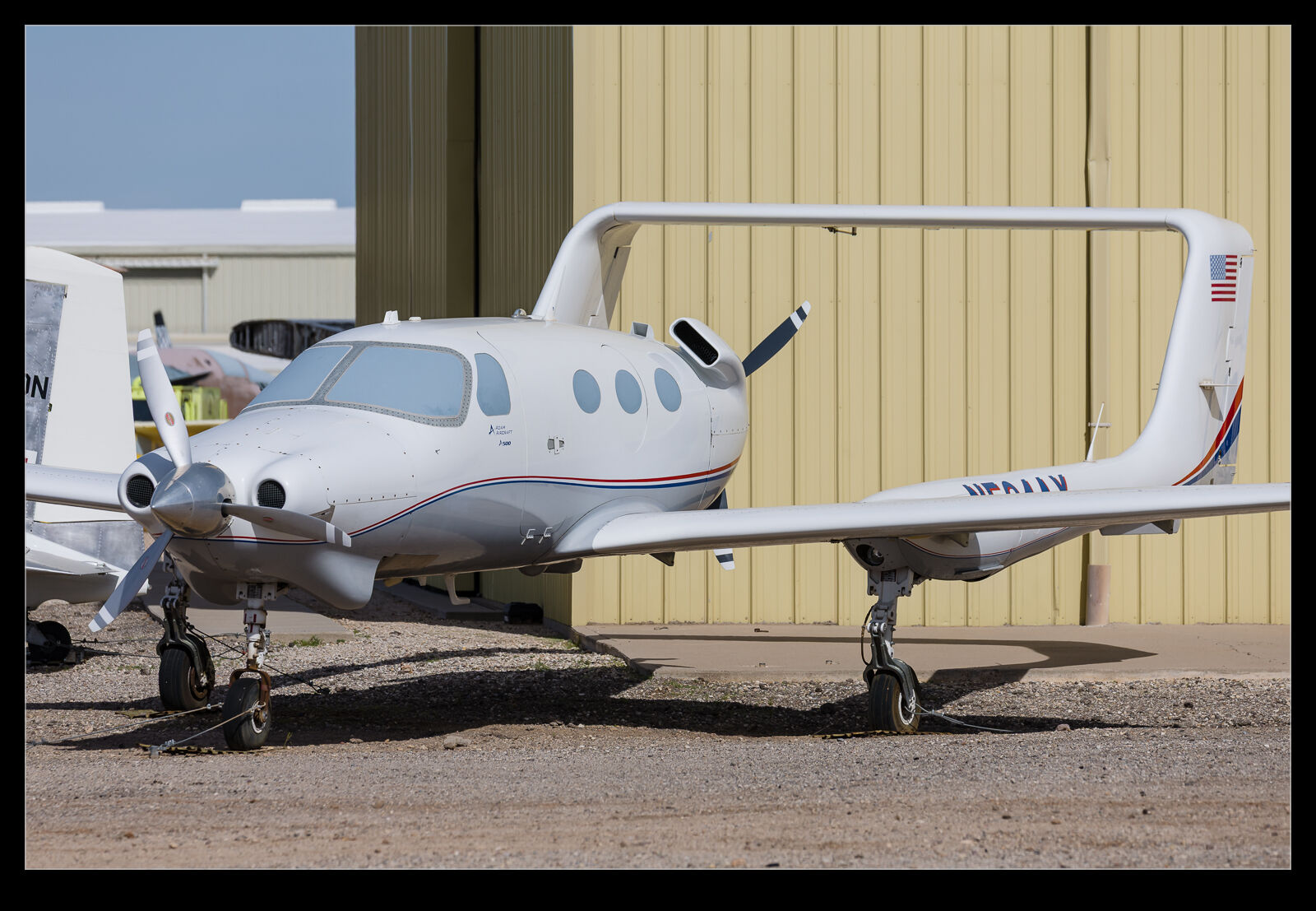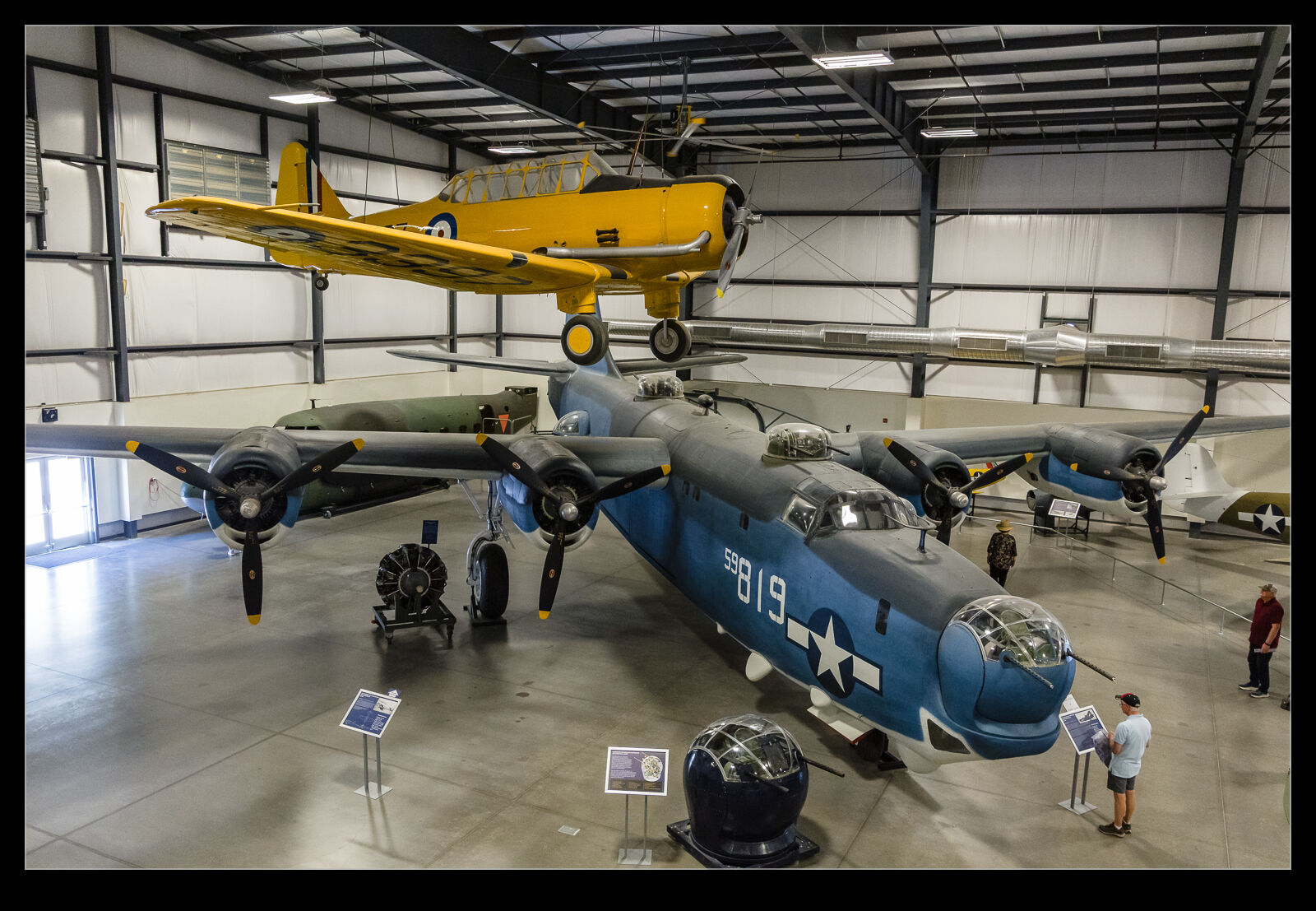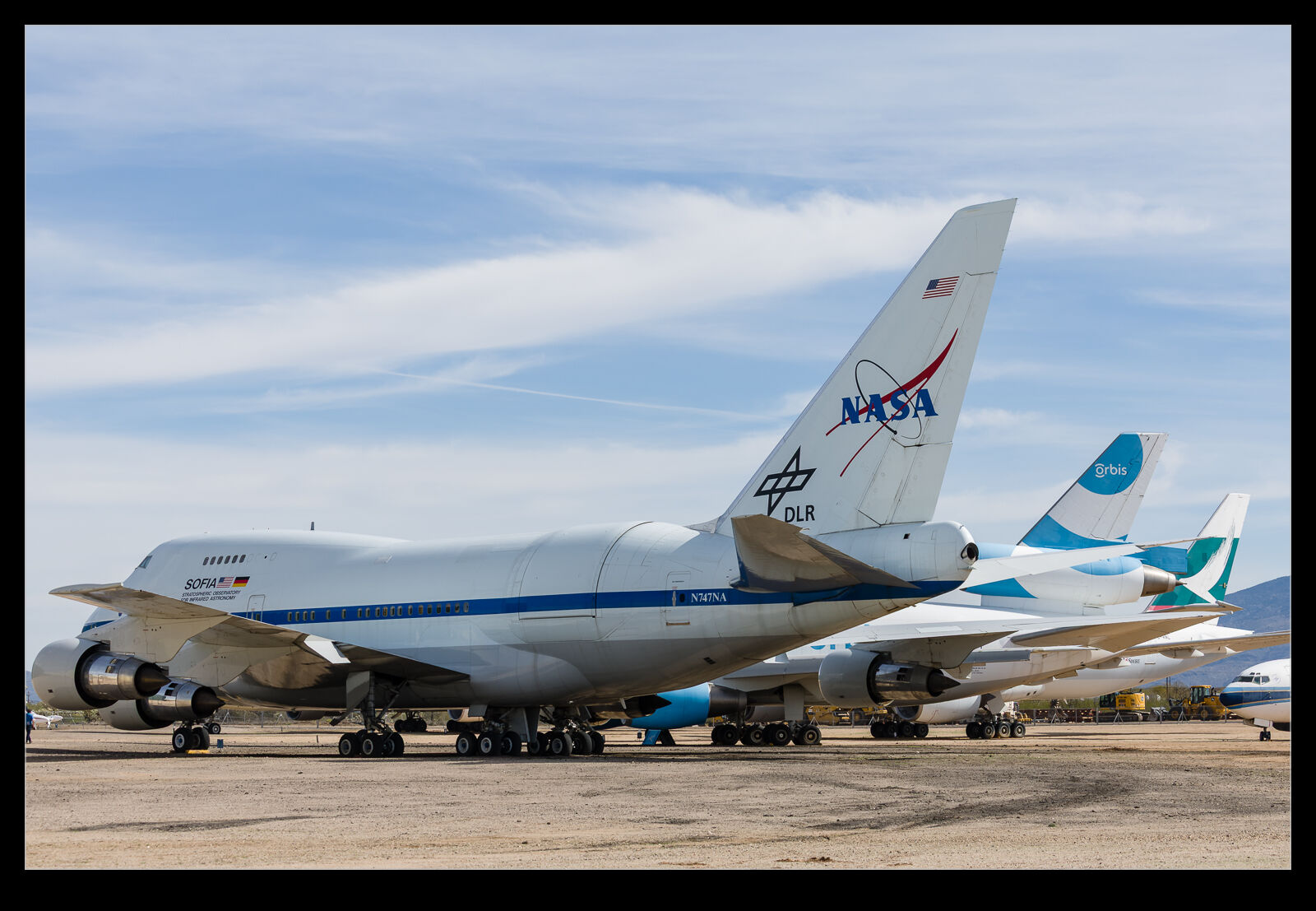 For someone that is a keen aviation enthusiast, it is very strange that I have only been to the Shuttleworth Collection at Old Warden once and that was a quiet weekend day in the late 80s. I have never been to a show until now. They were holding their Military Air Show, and I wanted to be there. I had heard that the flying could be good with a display line that is close to the crowd and an interesting variety of planes taking part. I headed up there on the Saturday morning and was a little disappointed that there was an accident closing the A-1 so I had a slightly cross-country route to get there. However, this didn’t really cause a problematic delay.
For someone that is a keen aviation enthusiast, it is very strange that I have only been to the Shuttleworth Collection at Old Warden once and that was a quiet weekend day in the late 80s. I have never been to a show until now. They were holding their Military Air Show, and I wanted to be there. I had heard that the flying could be good with a display line that is close to the crowd and an interesting variety of planes taking part. I headed up there on the Saturday morning and was a little disappointed that there was an accident closing the A-1 so I had a slightly cross-country route to get there. However, this didn’t really cause a problematic delay.
 When I got there, I parked up and was pleasantly surprised how easy the walk was to the main area of the show. Not only was it not a long walk but it was alongside the main runway, so I got to watch some movements as I headed in. It was like the show had already started before I even got there. It is true that this meant my walk took longer than it should have done but this was good for me.
When I got there, I parked up and was pleasantly surprised how easy the walk was to the main area of the show. Not only was it not a long walk but it was alongside the main runway, so I got to watch some movements as I headed in. It was like the show had already started before I even got there. It is true that this meant my walk took longer than it should have done but this was good for me.
 When I was young, my interest was all about modern aviation so the types of planes that were at this show would not have been my thing. Now I am interested in a far wider range of subjects. However, that doesn’t mean I am very knowledgeable about them. First World War aviation is a bit of a mystery to me. This show got me familiar with types that I might have heard about but could never have previously picked out.
When I was young, my interest was all about modern aviation so the types of planes that were at this show would not have been my thing. Now I am interested in a far wider range of subjects. However, that doesn’t mean I am very knowledgeable about them. First World War aviation is a bit of a mystery to me. This show got me familiar with types that I might have heard about but could never have previously picked out.
 While it was a show with a military focus, there were other types taking part. Sometimes there might be a slightly tangential reference to their role in developing other planes as was the case when the de Havilland Comet took part, but I appreciated the variety. There were planes I knew nothing about in the flying display – some of which were unique examples. With so many shows including displays by types I have seen many times, this was a definite plus.
While it was a show with a military focus, there were other types taking part. Sometimes there might be a slightly tangential reference to their role in developing other planes as was the case when the de Havilland Comet took part, but I appreciated the variety. There were planes I knew nothing about in the flying display – some of which were unique examples. With so many shows including displays by types I have seen many times, this was a definite plus.
 The conditions were pretty good for the show with good light throughout most of the day. We did get a period when the clouds got a little heavier and some of the dark paint on those older planes can really suck in the light. The bigger concern was the wind. It was a rather gusty day on occasions. This had me a little concerned. There were actually two flying displays. The afternoon display and an evening show. If the wind would play ball, this might be the time that the Edwardian aircraft could come out. More of that on another day’s post.
The conditions were pretty good for the show with good light throughout most of the day. We did get a period when the clouds got a little heavier and some of the dark paint on those older planes can really suck in the light. The bigger concern was the wind. It was a rather gusty day on occasions. This had me a little concerned. There were actually two flying displays. The afternoon display and an evening show. If the wind would play ball, this might be the time that the Edwardian aircraft could come out. More of that on another day’s post.
 Between the afternoon and evening displays, I finally took time to walk around the grounds. I hadn’t paid to go and see the house and I shall probably do that at some point in the future. However, I did now go and look through the aircraft parked up on the flight line and the infield. There are also the hangars for the collection. This had grown substantially from what I saw when I was last there in the 80s! The collection would definitely fit the term eclectic!
Between the afternoon and evening displays, I finally took time to walk around the grounds. I hadn’t paid to go and see the house and I shall probably do that at some point in the future. However, I did now go and look through the aircraft parked up on the flight line and the infield. There are also the hangars for the collection. This had grown substantially from what I saw when I was last there in the 80s! The collection would definitely fit the term eclectic!
 It was funny watching a flying display when the Spitfires would be considered the modern aircraft. A recalibration of what constitutes an old aircraft for sure. The evening light did work out pretty well. For some of the later displays, the sun had crept under the cloud layer to make for some nice photography conditions. With it being summer, the flying could last late into the evening. It meant it was well into the night by the time I got home. It was well worth doing. Thanks also to Chris and his friends for providing good company throughout the day.
It was funny watching a flying display when the Spitfires would be considered the modern aircraft. A recalibration of what constitutes an old aircraft for sure. The evening light did work out pretty well. For some of the later displays, the sun had crept under the cloud layer to make for some nice photography conditions. With it being summer, the flying could last late into the evening. It meant it was well into the night by the time I got home. It was well worth doing. Thanks also to Chris and his friends for providing good company throughout the day.















 Since I switched to my R3 bodies, I have been playing a lot more with low shutter speeds to emphasise speed in images. This has been a topic in multiple posts on the blog in recent years. However, it doesn’t always work out well. I know that the keeper rate will fall when shooting fast moving objects at low shutter speeds, but you hope/expect that you’ll get something worthwhile from the ones you take.
Since I switched to my R3 bodies, I have been playing a lot more with low shutter speeds to emphasise speed in images. This has been a topic in multiple posts on the blog in recent years. However, it doesn’t always work out well. I know that the keeper rate will fall when shooting fast moving objects at low shutter speeds, but you hope/expect that you’ll get something worthwhile from the ones you take. However, that doesn’t always happen. During Seafair last year, the US Marine Corps F-35B departed Boeing Field for its display. I decided to go low with the shutter speed from my location up on the tower with the aim of having the airfield background blurring out and leaving me with the plane as the dominant element in the shot with little distraction. However, when I came to go through the sequence of shots that I took, I had some sharp ones as it approached me and as it flew away but nothing that really pleased me as it was closest and alongside me.
However, that doesn’t always happen. During Seafair last year, the US Marine Corps F-35B departed Boeing Field for its display. I decided to go low with the shutter speed from my location up on the tower with the aim of having the airfield background blurring out and leaving me with the plane as the dominant element in the shot with little distraction. However, when I came to go through the sequence of shots that I took, I had some sharp ones as it approached me and as it flew away but nothing that really pleased me as it was closest and alongside me. Some of them weren’t terrible but it was a huge disappointment as I clicked through the images and came to the realisation that I had blown it. You can’t always get lucky, and I knew what I was doing so I can’t be totally surprised that it didn’t work out, but it was still a bit galling. Does this mean I won’t do it again? No. Getting the record shot is fine, but I am more bothered about having a shot I really like these days. Might as well give it a go!
Some of them weren’t terrible but it was a huge disappointment as I clicked through the images and came to the realisation that I had blown it. You can’t always get lucky, and I knew what I was doing so I can’t be totally surprised that it didn’t work out, but it was still a bit galling. Does this mean I won’t do it again? No. Getting the record shot is fine, but I am more bothered about having a shot I really like these days. Might as well give it a go!

















